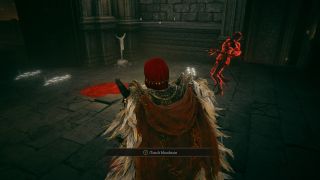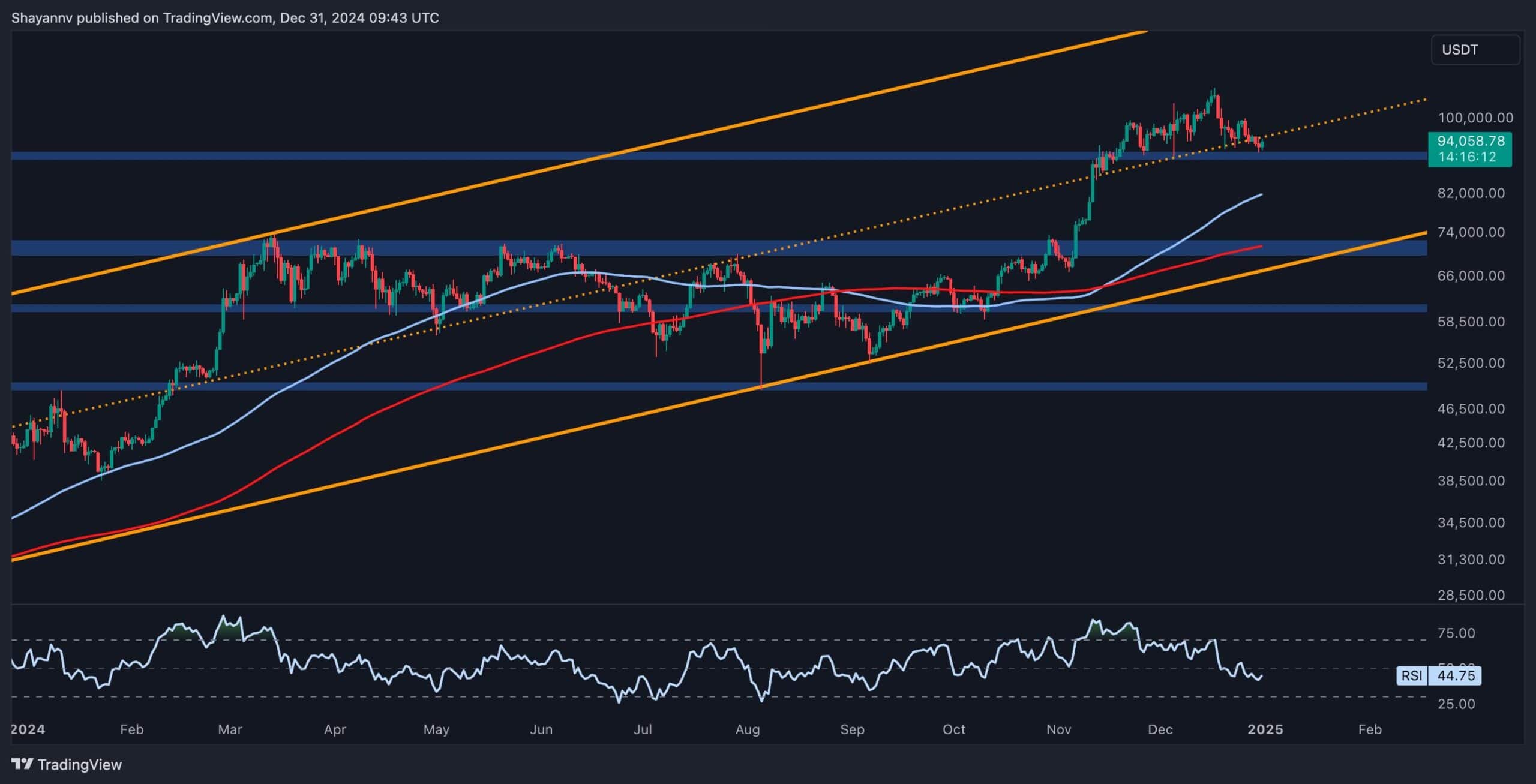There are a few things in FromSoftware's RPGs that just sear themselves into the brain. The enormous sound effect that plays when you backstab an enemy; the YOU DIED text appearing on screen the first time you get pulverized by a boss; the white phantoms of other players appearing near safe havens, giving you the sense that you're not completely alone, even if the whole world around you seems incredibly hostile. Then there are the bloodstains—so many red bloodstains—showing you where other players have died, serving as warnings (yeah, there's a real nasty enemy just up ahead) or educational opportunities (no, you can't make that jump, even if it kinda looks like it).
I love the bloodstains in Souls games. They're one of FromSoft's subtle-but-brilliant online features, even if you're not engaging with the multiplayer systems directly. They've also been essentially the same for 15 years now, from Demon's Souls up through Elden Ring: Shadow of the Erdtree. That's fine, but I'm psyched to see the new Elden Ring spin-off Nightreign doing something new with them. Or, rather, something very, very old.
Nightreign is a fully co-op roguelike, with none of the usual online features that define From's RPGs: no PvP multiplayer, no invasions, no temporarily summoning other players for a single boss encounter. You're in a three-person squad for each roguelike session, and as I wrote about in my hands-on feature, you're moving fast, without the time to linger and appreciate the ghostly deaths of other players. But you know what you can appreciate about other players in a fast-paced roguelike? Their loot.
Bloodstains are still a thing in Nightreign, but now they serve a more directly beneficial gameplay role. When you come across the site of another player's death in Nightreign, you can interact with their ghostly remnant to see what gear they had on them at the time—and grab it for yourself.
In the preview build of Nightreign I recently played at FromSoftware's offices, this feature was obviously somewhat staged, just like the soapstone messages the developers themselves place around the levels in Dark Souls so that you'll see something even if you're offline. But in the live game, the bloodstains you encounter will be pulling from the online playerbase, giving you an opportunity to find a high-tier weapon another player was carrying when they died—like maybe a boss loot drop—without having to face that enemy yourself. The most exciting thing in roguelikes, to me, is finding something that totally upends the expected flow of a run—catapulting you way up the power curve or completely upending your intended playstyle with a weapon that's too good to pass up.

"We wanted this to add into this idea of loose connections and loose alliances that don't rely on a great deal of effort from players," Nightreign director Junya Ishizaki said in an interview with PC Gamer. "We also wanted them to feel like even if they don't succeed, there's some influence, some mark they can leave on the world."
I only got to experience this mechanic in its most basic form in my preview of Nightreign, but I love that it's there, because it's a fresh implementation of a 37-year-old idea from one of my favorite games. Let me tell you about bones levels.
NetHack is a classic roguelike from 1987 and is still in development today, with its latest update, 3.6.7, released in 2023. It's "classic" in the sense that first in 1980 there was Rogue, and then in 1984 there was an evolution of Rogue called Hack, which was forked into NetHack shortly after. NetHack added many, many things to the basic dungeon crawling of Rogue and Hack—the variety of interactions you can have with an ordinary sink in NetHack is, I believe, a meta joke about the game's "kitchen sink" approach to game design. But my favorite of all NetHack's added features is a bones level or manually loaded bones file. If you play NetHack on a shared online server like NetHack.alt.org, there's a chance when you descend to a new floor in the dungeon that it will actually be an exact copy of a floor randomly generated for someone else's dungeon. Specifically, the floor they died on.
The bad thing about a bones level is that whatever turned that player into a pile of bones, likely a trap or a monster, will still be there when you encounter the floor. The good thing about a bones level is you can find that player's corpse with all of their stuff still on them. That might merely mean some useful food and a bunch of now-cursed low-level gear, but it could potentially mean some mind-blowingly rare or high-level kit that gives you a massive leg up. NetHack runs can take dozens of hours, so a lucky bones find can be a biiiig deal. Probably a much bigger deal than it will ever be in Elden Ring: Nightreign, but I love the roguelike heritage there anyway.
NetHack from aaaa to Zruty: Ep 7 — Fully exploring a Bones level - YouTube

I don't know much about the history of how folks played NetHack in the '80s and '90s, but I love the idea that players were swapping bones files over old university file sharing networks and Usenet boards before simple online server play was an option. FromSoftware didn't directly take this feature from NetHack—I brought it up in my interview, and they weren't familiar with the game—but I think all of the Souls games are directly and indirectly pulling on ideas going back to much older RPGs.
Apparently that legacy is continuing with its first roguelike, too.

 2 weeks ago
7
2 weeks ago
7






:quality(85):upscale()/2024/06/27/002/n/43463692/273a0466667defdb06a697.27831546_.jpg)


 English (US) ·
English (US) ·